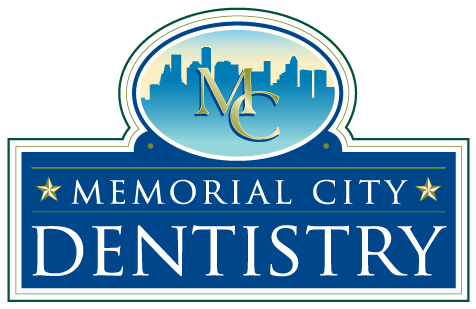It is easy to confuse some medical terms. For example, you may hear people refer to TMJ and TMD as the same thing. Even medical professionals confuse these terms sometimes. Here is a brief explanation of TMJ and TMD.
Learn the Symptoms of TMJ and TMD
TMJ stands for the temporomandibular joint. This joint connects the lower jaw with the temporal bones in the skull. This joint is what allows you to move your jaw in different directions. It is what makes it possible for you to sing, talk, and chew. It is located right in front of the ears on both sides of the skull.
TDM refers to temporomandibular disorders. It covers problems with the joint, bones, ligaments, muscles, and discs. Examples of TMD are inflammation or pain related to the temporomandibular joint. TDM may also refer to the inability to operate the jaw properly.
When referring to the joint, you should say TMJ. When referring to conditions or problems that affect the joint, you should say TMD.
Causes of Temporomandibular Disorders
You may experience problems with your TMJ, the muscles near your jaw, or problems with your entire jaw for a variety of reasons. Here are a few of the most common causes of temporomandibular disorders.
• Clenching your jaw or grinding your teeth, which exerts pressure on the TMJ
• Whiplash
• Injury to the muscles, jaw, or TMJ along with the face and neck
• Arthritis of the TMJ
• Dislocation or movement of the discs near the joint
• Jaw and tooth misalignment
• Stress, which makes you tighten your jaw and facial muscles
Signs and Symptoms of TMD
You may experience TMD that is chronic or temporary. You may also see that symptoms overlap with other conditions. Look out for the following symptoms and speak with your doctor about them.
• Earaches
• Facial swelling
• Limited movement of the jaw
• Headaches
• Pain or tenderness of the jaw, face, or area around the ears
• A popping or clicking sound when closing and opening the mouth
• An improper bite
Diagnosis & Treatment of TMD
It is common for individuals to experience TMD along with overlapping conditions that include sinus problems, arthritis, gum disease, and tooth decay. The treatment for TMD will depend on the severity of your symptoms and the reason you are dealing with the problem. Here are a few of the most common methods used to treat TMD.
• Using over-the-counter medications to reduce swelling and relieve pain
• Avoiding hard foods and consuming a soft food diet
• Stress reduction
• Limiting jaw movement
• Using hot and cold therapy
• Performing exercises to strengthen the jaw
If your symptoms do not improve with these at-home methods, your doctor may recommend muscle relaxants, anti-inflammatory medicine, or pain medication. They may even recommend Botox injections to reduce muscle and nerve tension. Splints or bite guards could be used to prevent grinding of the teeth or clenching of the jaw.
If the problem is a misaligned bite, corrective dental treatments may be used. Ultrasound therapy, low level laser therapy, and electrical stimulation may be other options that are recommended.
If you have questions about your temporomandibular joint or temporomandibular disorders, please contact us to learn more.


